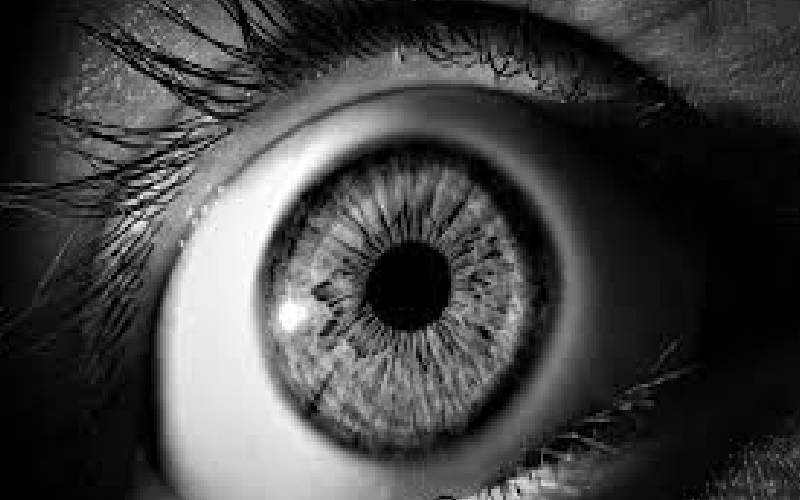
Given how integral electronic displays have become to our daily lives, the advice we grew up with about not getting too close to TV screens is no longer applicable.
Still, the negative effect that electronic displays have on our eyes, especially when we use them for extended periods of time, cannot be wished away. This means we need some form of mitigation.
When we read or look at something, say a computer or phone, at close range for any extended period of time, there are changes that our eyes go through. Changes that require effort.
First, the pupil gets smaller, which requires muscle movement. The next thing is that your eyes need to pull together and converge to look at the screen in front of you, which also takes some muscle work.
Once this is done, the next thing your eyes have to do is focus. That is, once you move your eyes from looking at something in the distance to something closer, your eyes have to clear the image you are looking at, which is what’s called focus. This also requires effort from the muscles that change the shape of the lens in the eye.
Just like when our feet ache when we walk around too much, our eyes can also get tired, which presents in certain ways. The most notable symptoms are burning and itching. You may also feel some pulling around the eye socket or experience double vision. That’s when you know you need a break.
20/20/20 rule
It’s recommended that you take a break from screens after every 20 minutes. You can do this easily by blinking a few times. You’d be shocked at how many of us fail to blink while working.
The next thing you should do is look out a window or at something in the distance. This enables your eyes to relax the muscles needed to focus so that they can get some relief.
There’s a mnemonic you can use to recall this: the 20/20/20 rule. Essentially, after 20 minutes of working on a screen, take 20 seconds to blink and look at something 20 feet away.
In terms of your proximal external environment, the things you can do to minimise eye strain are quite a number, but here are a few suggestions.
First, increase the distance between you and the screen you’re looking at so that you minimise the effort needed by your eye muscles to converge to look at a close object.
Second, try to work on devices with larger screens so your point of focus is broader. Third, try and use large fonts when you’re working with a display so that you don’t have to stress your eyes to bring your work into focus.
Finally, you could try some eye yoga. These are a series of exercises designed to keep your eyes happy, and you can do them three times a day: morning, noon and in the evening. First, look up and down five times, and then close your eyes. Then look right and left five times and close your eyes. For a diagonal stretch, look to the upper left then lower right five times, and then close your eyes. Look to the upper right then lower left five times and again close your eyes.
Stay informed. Subscribe to our newsletter
Finally, rub your palms together until they warm up and then let them hover over your closed eyes. The warmth should relax your tired eyes.
 The Standard Group Plc is a
multi-media organization with investments in media platforms spanning newspaper
print operations, television, radio broadcasting, digital and online services. The
Standard Group is recognized as a leading multi-media house in Kenya with a key
influence in matters of national and international interest.
The Standard Group Plc is a
multi-media organization with investments in media platforms spanning newspaper
print operations, television, radio broadcasting, digital and online services. The
Standard Group is recognized as a leading multi-media house in Kenya with a key
influence in matters of national and international interest.
 The Standard Group Plc is a
multi-media organization with investments in media platforms spanning newspaper
print operations, television, radio broadcasting, digital and online services. The
Standard Group is recognized as a leading multi-media house in Kenya with a key
influence in matters of national and international interest.
The Standard Group Plc is a
multi-media organization with investments in media platforms spanning newspaper
print operations, television, radio broadcasting, digital and online services. The
Standard Group is recognized as a leading multi-media house in Kenya with a key
influence in matters of national and international interest.






